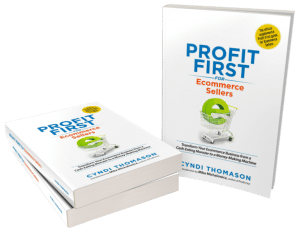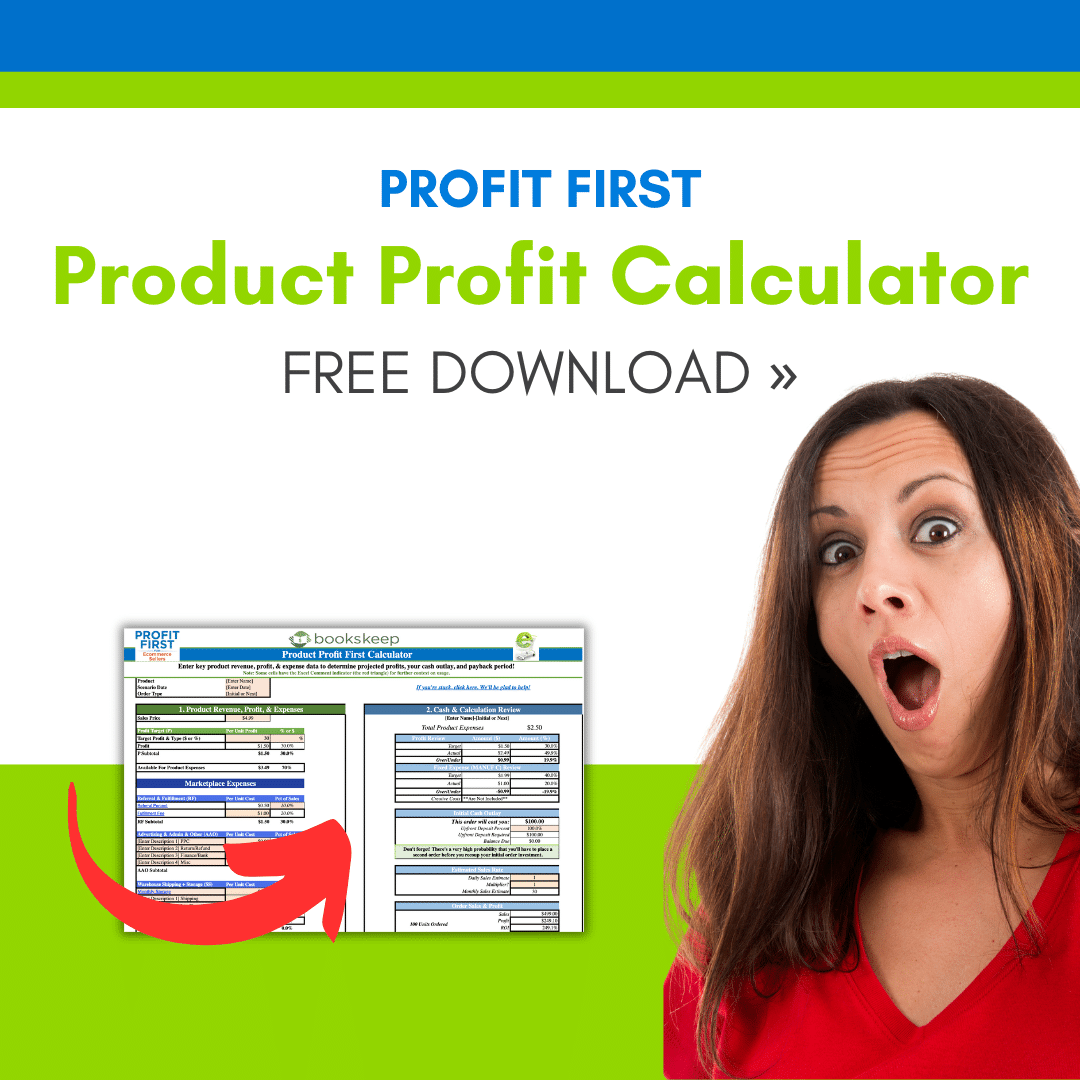
Inventory is EVERYTHING! It is what will generate the cash to make your business hum. Keeping up with it may not be sexy or fun like marketing can be, but it is crucial in order to have a successful ecommerce business. As we work on “renovating” the accounting system for clients, we are often asked to explain the difference between the Profit and Loss statement that we generate and the one created in their inventory system. A few of the typical issues we uncover are:
- Products/SKUS are missing from the inventory system;
- Costs are not loaded into the inventory system;
- Costs were loaded into the inventory system when the product was new, but not adjusted as the costs changed in subsequent orders;
- There is a mismatch between the costs considered in developing the product costs and the method in which those costs are handled in the accounting system; and
- Write-downs of lost or damaged products were never made in your accounting system.
Make a Date with Your Inventory!
As with any important relationship, you need to be sure you’re taking care of your inventory. How about blocking time on your calendar for a “date” with your inventory? Do it NOW! Make a date with your inventory preferably once a month, but at least once a quarter, and add it to your calendar. It will be just you and your inventory. A time to take an intimate look into your inventory issues.
What Will You Do on Your Date?
Here are some fun activities (ok, maybe not fun, but at least worthwhile) for you to do with your inventory to better understand it and to get the inventory and accounting systems in sync:
- Issue: Inventory and Advertising are two separate silos in my business.
Activity: Invite them both to the table and ensure that your inventory plan and your advertising plan are in sync. Here are several benefits: First, If you’re running low on a product, perhaps it’s time to cut the ad spend so you don’t run out of stock? There is a real cost to stock outs and spending on ads to hasten this even is pouring good money after bad. Maybe throw some ad spend toward a product that you don’t normally advertise but you have an abundant quantity of product.Also, look at how well your products move without advertising, are you really getting a lift from those ad dollars? Periodically we suggest to our clients to cut off certain ads and observe the impact. Often they report no impact at all.Next, what about seasonality, how is that impacting your sales, your reorder timing and how does advertising fit into the seasonal plan? Often customers are looking for your product already because of the season and that can influence your ad plans.
Finally, calculate and track your Media Efficiency Ratio month by month. This is a simple calculation dividing your ad spend each month by the revenue that month. Tracking this overtime will show you the big picture and when you see anomalies, you can dig in to understand what might be causing a concern.
- Issue: Product/SKUs are missing from the inventory system.
Activity: This can occur if you have paid for a new product and recorded it in your accounting system as inventory, but the product has not been received in your warehouse or at Amazon. A typical scenario is when the supplier requires 30% down, and that is paid from the inventory account. Perhaps even the complete amount has been paid, along with the shipping costs, and the product is on a boat for 60 days coming from China. If these payments are coded to inventory in the accounting system, but not showing in the inventory system, there is a big disconnect. The way to manage this is to code the payments in the books to a prepaid account. This is also an asset account on the books, but it is not expected to match the value of available inventory. Once those goods are received into your system, move them to the Inventory account using a journal entry.
- Issue: Costs are not loaded into the inventory system.
Activity: It’s easy to skip over this step when you’re in a hurry to get product into Amazon or on your website. You have all good intentions of going back tomorrow once you crunch the numbers and load the costs into the system. Of course, a million other more pressing issues come up and tomorrow is pushed out a day, and maybe another, until this task is in the far back corners your mind. To prevent this from happening, run a report from your inventory system and sort it by product costs, ascending. Those zero cost items will be sitting at the top ready for your full attention.
- Issue: Costs were loaded into the inventory system when the product was new, but not adjusted as the costs changed in subsequent orders.
Activity: One thing is certain; prices will change. If they go up or down, they will not match the activity in your accounting system if you fail to change the costing rates in your inventory system. When you’re on your date with your inventory, spend some time exploring this issue as well. Run a report from your accounting system to show all new payments paid against the inventory asset account. Then look up those vendor invoices and compare them to prior invoices. If there are differences, you need to update your product costs. The trick here is the timing. If you have 1000’s of products in the system at old prices, then update the system with the new prices when those have sold through. A good inventory management system helps make this easier. Staying on top of it monthly will also make it easier.
- Issue: There is a mismatch between the costs considered in developing the product costs and the method those costs are handled in the accounting system.
Activity: We see this often with prep center costs or shipping. When doing the analysis prior to purchasing the product, everything is considered—the price of labels and boxes, and shipping, etc. However, when doing the accounting, shipping is not considered an inventoriable costs and hits the Cost of Goods Sold (COGS) account as a period expense. If you keep shipping in your product costing rates, it will cause a significant difference as these products sell through and you’re relieving inventory for those sales and charging the Cost of Goods Sold. Essentially, you’re expensing your shipping twice and of course, this will have a negative impact on your gross margin. Make sure you have a clear process for developing your cost rates and communicate that with your accounting team.
- Issue: Write-downs of lost or damaged products were never made in your accounting system.
Activity: If you are booking COGS each month based on the unit costs multiplied by the units sold, you will need to “true-up” at least quarterly. If you sell a large volume, I recommend going through this process monthly. Just as your inventory system records what is sold and that information is used to make the calculation mentioned above, it also tracks what is on hand. At first glance, you may think that the inventory on hand is just what you started the month with, less what you sold, plus any new purchased added to the system. That’s the basic concept and works in a perfect world. In the inventory world, we have lost or damaged products that must be counted. Typically, this occurs in your inventory system, but is not necessarily visible in the accounting system. If there was no external banking transaction, it will be invisible to your accounting team unless you make it part of your internal processes.
To perform a “true-up,” compare the inventory value on hand with your accounting system’s inventory account balance. If they don’t match and you’ve verified other aspects like costing and timing, create a journal entry adjustment. This will impact your Profit and Loss, so ensure it aligns with actual inventory discrepancies. The process becomes easier with practice and attention to detail.
Keep That Relationship Going!
Inventory and cash are vital to your business, demanding equal attention. Some clients noticed discrepancies between their inventory management system and actual cash flow, leading to unexpected losses. Facing reality and examining inventory closely is essential for a clearer picture of your business.
Want to book an appointment? Contact us now!
Interested in Profit First?

You can also sign up for the Profit First for Ecommerce Sellers Online Course. As a Mastery Level, Certified Profit First Professional, I will teach you why Profit First works so well for ecommerce businesses and the particular challenges for businesses that have physical products requiring inventory management. You will learn how your behavior drives your money management habits for your business and how you can set up your business bank accounts to work with your habits.
Check out all our ecommerce accounting and profit advising services here!
—————————



Leave a Comment